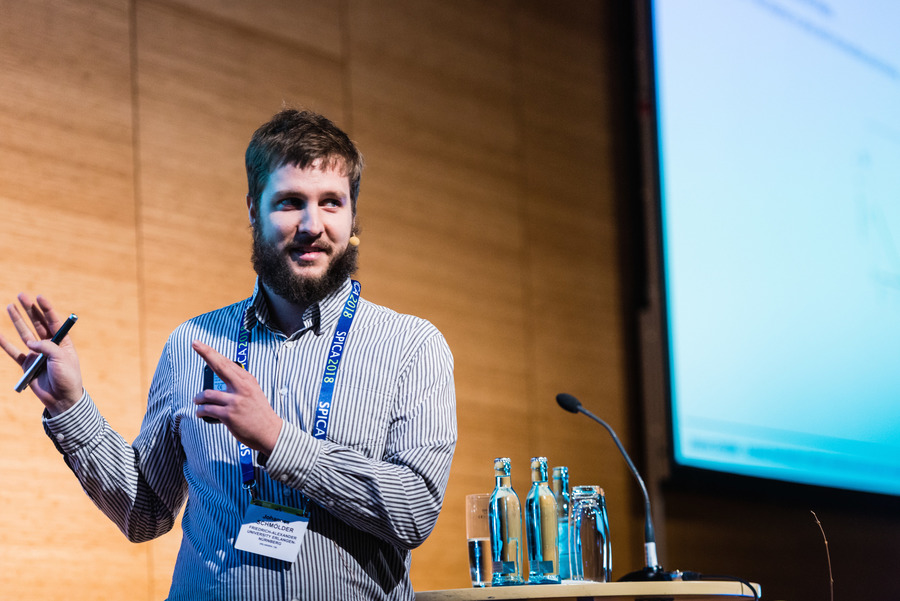Presentation on SPICA 2018
Automatic determination of optimum operating concepts and process variables for multi-component separations
Depending on the chromatographic separation problem at hand, various advanced operating concepts exist that can improve the performance beyond that of single-column chromatography. Besides the most common batch elution chromatography, one may apply recycling techniques like closed-loop recycling with or without peak shaving and alternate pumping, steady state recycling (SSR), bypass chromatography, use of various columns in series or in parallel, etc. The design and optimization of such processes is, however, complex. This holds in particular for the separation of multi-component mixtures that may contain more than one component of interest.
In this work, we present a bi-level optimization framework that automatically determines the optimum process concept for a given chromatographic problem. Simultaneously, process conditions such as the injection volume and cycle time are optimized. For this purpose, a superstructure is defined that incorporates numerous possibilities for the setup of chromatographic processes. This approach is highly useful in process development since there is no need to formulate and evaluate individual models for every operating concept or conduct time consuming parametric studies. On the top level, a mixed-integer nonlinear programming (MINLP) approach is used to minimize an objective function based on e.g. specific productivity, eluent consumption, and recovery yield. For column modeling and numerical solutions, the CADET simulation software is used [1]. In particular for complex multicomponent separation problems, this approach can identify sophisticated operating concepts that lead to chromatograms with unexpected peak shapes so that common fractionation algorithms fail here. Thus, on a second level, a newly developed optimization approach is required, capable of determining fractionation times for arbitrary chromatograms depending on the desired purity and value of the products of interest. The results are then fed back to the top-level optimization problem. Also, this fractionation tool can be used in stand-alone mode for any chromatogram.
In this presentation, we will give an overview of the framework and demonstrate the capabilities of the tool for various case studies. Examples are given that demonstrate how different operating concepts are optimal depending on the contributions to the objective function, the superstructure, and the given separation problem at hand.
